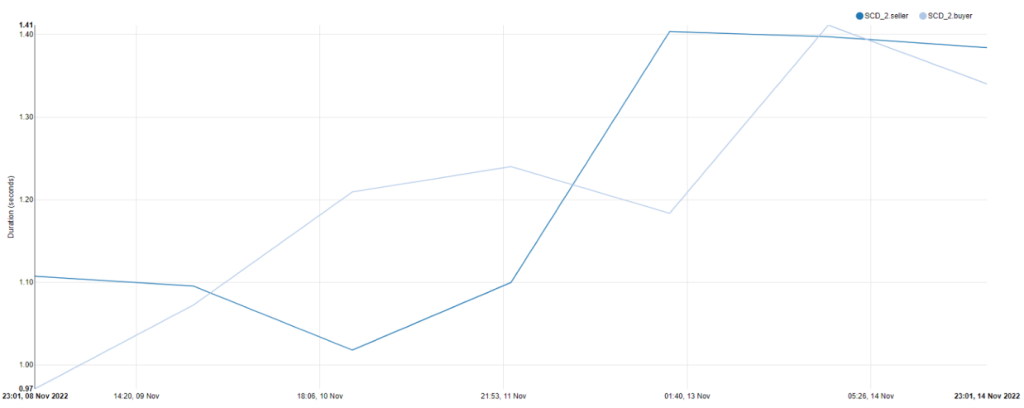Last week we started with a two–part blog series to bring you our experience from the migration of information systems to the new national currency – Euro, that has been in official use since January 1st. In the previous article, we wrote about the experience from the data project, but this time we will tell you about the experience from the application project.
Application view
The introduction of a new currency was particularly challenging for banking systems. Among other things, this also applied to the public websites of banks. More services have been offered to clients over digital channels, particularly via the public web. From that perspective, it was very challenging to adapt all those processes to the new currency. Especially since one of the main requirements was minimal system downtime, due to legal regulations and obligations.
For most portals, introducing the new currency started at the beginning of the summer of ‘22. Why? So, the systems could display prices in HRK and EUR starting September 5th, 2022. The emphasis was on the analysis and recognition of all places where currency had to be expressed. A big part of the activity required changes in the content itself. Nevertheless, a significant part was also in the dynamic content, i.e., applications that are an integral part of the public interface of each bank. In this period, we adjusted various calculators, exchange rate calculators and display of individual prices for different services. That was the ‘’easier’’ part of the whole ‘introducing the new currency’ process.
The real challenge started with the adjustments to the system for EUR along with complete transition on January 1st, 2023. At that time, it was not just the conversion that was important, but also the adjustments of all processes that include any statement or calculations in currencies. We started with an analysis of all the applications used on the public web that deal with currency in any sense. Among other things, adjustments related to numerous calculators (exchange rate, credit, savings), displays of exchange rates, different funds, and integration with external systems. Onboarding processes and online channels that enable web users to contract various products showed themselves as a specific challenge.
In addition to changes on the front-end, coordination with numerous teams was also necessary since the portals integrated with numerous backend systems – most of which had EUR adjustments. Part of the integrations changed in terms of changing the structure and data sources. Part of the data in the databases had to be converted into EUR due to the historical display. This referred to the displays of historical data of exchange rates, funds, and many other archival data.
During the analysis, we classified the adjustments into three categories:
- functionalities we could adapt and deliver to production before the day of introduction,
- applications we could adapt and deliver before the day of introduction, but require certain logic due to the difference in data display and calculation methods,
- applications we had to deliver right before the switch to EUR, because they depended on other systems. The most important thing was coordination with the teams in charge of those systems. The plan involved about 10 different teams with hundreds of actions that had to be performed mostly sequentially.
We had to ensure that everything would go well – without surprise or unplanned unavailability, so testing was essential. For this reason, test environments were created for all integrated systems, including the public web. The EUR test environment enables us to test all systems, all their interdependencies and integrations that would ensure us that everything would work correctly after the complete transition to EUR.

Internal projects
In the end, it’s worth mentioning that we also had to complete the transition to EUR in applications used for CROZ operations. Also, a demanding system consists of a series of internally developed applications and software acquired from external suppliers, which serve to automate the company’s financial and resource processes. Data from the applications mentioned are collected and integrated into DWH (the basis of the BI platform), a central place where we monitor various aspects of business and performance.
This internal migration turned out to be no less demanding and complex, especially because we’re talking about a problem that required application changes, as well as changes in the method of collecting and storing data generated through the mentioned applications. Thanks to applying the same principles with good planning, we completed this migration – on time and to the satisfaction of the users. One of the challenges of this migration was coordinating everyone involved in the process – not only our resources but also external suppliers.
Once again, user involvement and dedication to testing were necessary so that we could confirm the entire implementation and create the prerequisites for a safe and high-quality continuation of work within our organization. Maybe the cobbler doesn’t always wear the worst shoes!
Related News



